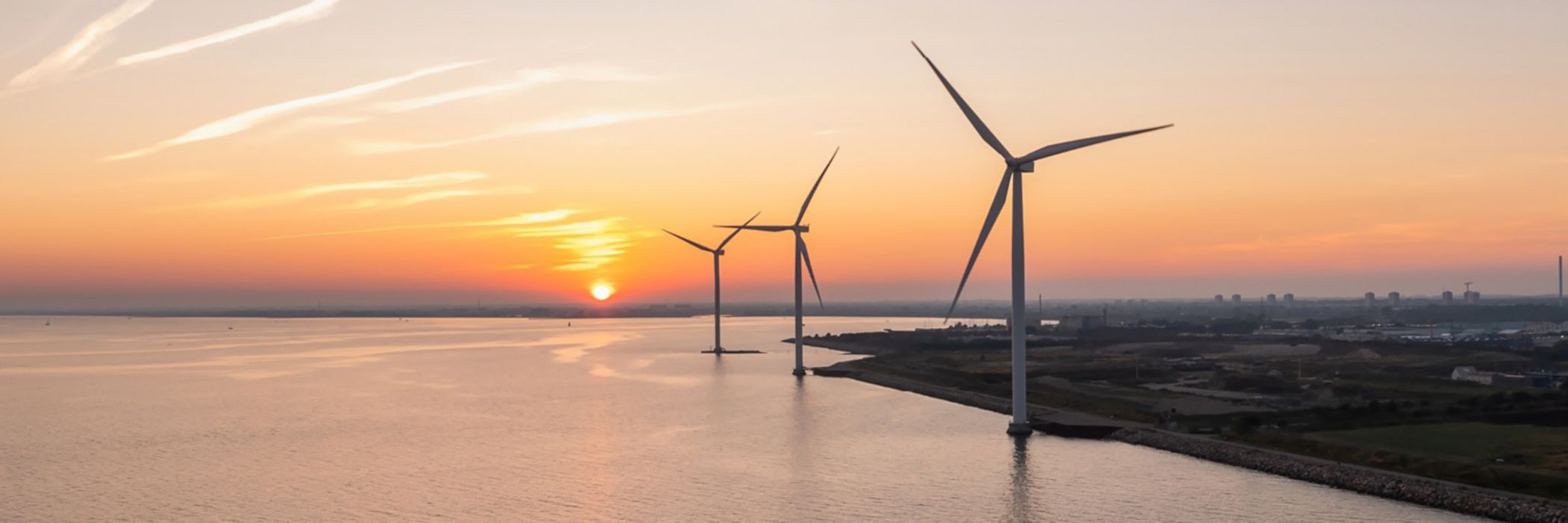What will our energy supply look like today, anno 2030? More sustainable and less dependent on other countries, that is for sure. The war in Ukraine made us realize that we depended too much on Russian gas, exposing our vulnerability to an undiversified energy supply. So, we started relying more on green hydrogen, made with renewable energy. Where would we get this green hydrogen from? Did we have to produce a certain amount of hydrogen in Europe? Paul Tummers explains.
In 2022, we consumed about 400 TWh in Belgium, of which almost 80 TWh were electric. In 2030, we are on our way to increasing the share of electricity drastically due to the further electrification of our society. But we always knew that not everything could be electrified. Imagine having all trucks drive electrically. While technically possible, it’s not economically feasible. Today, we live with this reality. The future that is unrolling in 2030 is certainly a combination of electricity and green molecules. But then again, the question is: where do we get those molecules from?

Paul Tummers
CEO Virya Energy
Import green molecules, but also produce them locally
Let me say it right away: we realized that we needed to import green hydrogen (or derivatives thereof) to meet energy demand. We could build the infrastructure for that fairly quickly. But then some of the green hydrogen had to be produced somewhere locally, and some had to be imported through the ports of Zeebrugge or Antwerp. That required huge investments. And by relying only on imports, we had to think about new geopolitical dependencies. So, diversification was one of the main considerations, as we developed our [national] plans.
Did we envisage production of green hydrogen in Belgium? I’m convinced we did, in part. Conversely, back in 2020s, you heard voices against the idea of producing green hydrogen domestically, with the argument being it would waste scarce green power. There is some truth to this, but it’s not the whole story. We had to make choices, weighing all the costs and benefits. Today in 2030, we have an excess of green power production at certain times of the day, which we cannot all store in batteries and therefore we convert this excess green electricity into green hydrogen that can then be used when needed.
In recent years, our society has become much more aware that energy is a limited resource and trade-offs had to be made on its uses at every level of society.
Diversification of energy sources was key to ensuring energy security

Who will choose?
Should Europe make these choices? Yes, this is the most appropriate solution. Especially if you have to weigh the costs and benefits. It’s about making the best choices together, without everyone thinking about themselves. Decisions should be based on facts and the guiding value of solidarity. Only, how do you explain this to EU citizens? At some point, though, we just have to tell it like it is.
Working on every piece of the puzzle
Look, the solution to energy transition is a puzzle with many pieces, and each piece brings part of the solution. Awareness has also grown in recent years – everyone is literally feeling climate change firsthand. Politically, all this is not always obvious, because everything has its price. But again, doing nothing is the most expensive option. We will continue to have to choose what to put first, our future depends on it.
Virya Energy keeps on contributing to the energy transition, by producing more renewable energy via onshore wind energy, which we were able to expand significantly outside our traditional home bases – Belgium and France – into several new countries like Poland, and via solar energy for SMEs and in the field via agro-voltaics. Both paths continue to offer enormous potential. At the same time, we are also focusing on the intermediate links, such as the hydrogen economy, making sure that renewable energy reaches the end customer and ensuring that they can use fit for purpose energy at an affordable price.

The solution to energy transition is a puzzle with many pieces, and each piece brings part of the solution

About the interviewee
Paul Tummers is CEO of the energy holding company Virya Energy, part of the Colruyt Group. Quietly, Virya Energy has grown into the largest green energy company in Belgium. It is a green energy empire worth more than 2 billion euro, stretching from Norway to India. Previously, Mr. Tummers had worked at Fluxys from 2000, where he was CFO.




